Introduction: Tree health assessment is a critical aspect of arboriculture, especially when dealing with sectional dismantling—a process that involves carefully removing a tree in smaller sections. Whether due to safety concerns, disease, or a tree’s proximity to structures, sectional dismantling is a delicate operation. In this blog post, brought to you by Eye Tree Surgeons, we will explore the importance of documenting and evaluating tree health before and after sectional dismantling, emphasising the role it plays in ensuring the tree’s well-being and the safety of your property.
The Significance of Tree Health Assessment
- Safety: The primary concern when dismantling a tree is safety. An unhealthy or structurally compromised tree poses a significant risk during removal. A detailed assessment helps identify potential hazards and informs the dismantling strategy.
- Preservation: Tree health assessment allows for informed decisions regarding tree preservation. If the tree can be saved, it can continue to provide ecological benefits and aesthetic value to the property.
- Resource Allocation: By evaluating the tree’s health, tree surgeons can allocate resources effectively. This includes determining the necessary equipment, personnel, and safety measures for dismantling.
- Environmental Impact: Documenting a tree’s health helps minimise the environmental impact of its removal. When possible, preserving a healthy tree contributes to preserving local ecosystems.
Assessment Before Sectional Dismantling
Before embarking on sectional dismantling, the following steps are taken to assess the tree’s health:
- Visual Inspection: Experienced tree surgeons visually inspect the tree to identify signs of disease, decay, pest infestations, and structural weaknesses.
- Climbing Inspection: Climbing inspections, using specialised equipment, allow for a closer examination of the tree’s canopy and trunk. This reveals hidden issues that may not be visible from the ground.
- Diagnostic Tests: In some cases, diagnostic tests such as tree elastography, sonic tomography, or laboratory analysis of samples may be conducted to assess the tree’s internal health and structural integrity.
- Assessment of Surroundings: Tree surgeons consider the tree’s proximity to structures, power lines, and other valuable assets on the property.
- Preservation Evaluation: If the tree is deemed healthy and viable, preservation options, such as crown reduction or selective pruning, may be explored.
Assessment After Sectional Dismantling
Post-dismantling assessment is equally crucial for understanding the tree’s response to the removal process and ensuring its continued well-being:
- Examine Remaining Sections: The remaining tree sections are carefully examined to identify any additional issues that may have been exposed during dismantling.
- Monitor Stress Response: Tree surgeons monitor the tree’s stress response, including signs of shock, canopy loss, or new growth. Assessing the tree’s recovery is vital for its long-term health.
- Evaluate Surroundings: The surrounding area is evaluated for any potential damage caused during the dismantling process, ensuring that structures, landscape features, and neighbouring trees are undisturbed.
- Recommendations for Maintenance: Based on the post-dismantling assessment, tree surgeons may provide recommendations for post-dismantling care, such as pruning, fertilisation, or support systems.
Conclusion: Documenting and evaluating tree health before and after sectional dismantling is a comprehensive process that safeguards both the tree and the environment. It allows for informed decisions regarding preservation or removal, ensures the safety of the operation, and contributes to the tree’s long-term well-being.
Call us on: 01379 773 584
Click here to find out more about Eye Tree Surgeons
Click here to complete our contact form and see how we can help with your tree’s needs.

